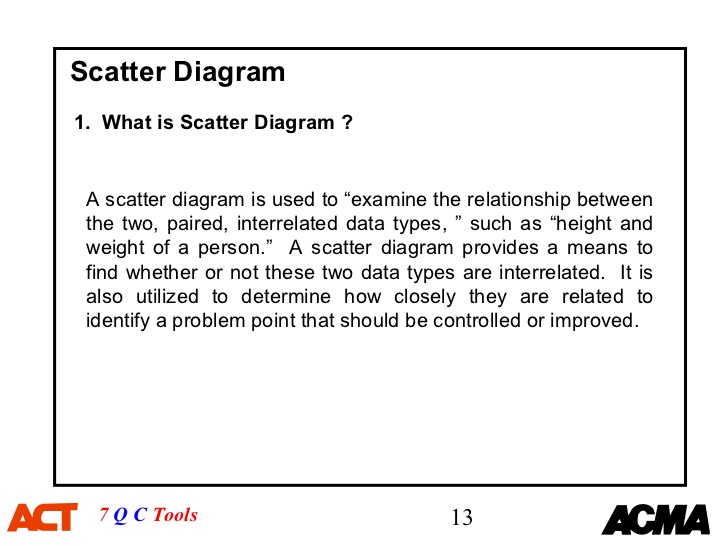

Catch potential errors earlier before it becomes a costly problem.Establish streamlined communication across design and manufacturing.The 5 core tools are recognized as standard quality tools for the automotive industry by AIAG, although it is also used in other manufacturing sectors such as aerospace, defense, medical, and pharmaceutical. FMEA (Failure Mode and Effects Analysis).PPAP (Production Part Approval Process).

APQP (Advanced Product Quality Planning).The 5 Core Quality Tools are comprised of: The focus is to eliminate or reduce potential errors early in the manufacturing process rather than later- prevention vs cure. The 5 Core Quality Tools are a set of sequential methods that form the essentials of a quality management system based on the IATF 16949 standard. Why are the 5 Core Quality Tools important?.Goal of 5 Core Quality Tools is to prevent errors rather than detect, creating impactful savings.5 Core Quality Tools consist of APQP, PPAP, FMEA, MSA, and SPC.5 Core Quality Tools are the essentials of a quality management system in manufacturing.Advanced Statistical Method (using computers concurrently)". Elementary Statistical Method (the so-called Seven Tools) . ^ Ishikawa 1985, pp. 198–199: "I divide statistical methods into the following three categories according to their level of difficulty.We overeducated people by giving them sophisticated methods where, at that stage, simple methods would have sufficed."

As a result, people either feared or disliked quality control as something very difficult.
^ Ishikawa 1985, p. 18: "It is true that statistical methods are effective, but we overemphasized their importance. Archived from the original on 19 October 2012. In other words, intermediate and advanced statistical tools are needed in about only 5% of cases." ^ Ishikawa 1990, p. 98: "They were named the Seven QC Tools after the famous seven weapons of the Japanese Kamakura-era warrior-priest Benkei which enabled Benkei to triumph in battle so too, the Seven QC Tools, if used skillfully, will enable 95% of workplace problems to be solved. ^ Imai 1986, pp. 239–240: "The seven statistical tools used for such analytical problem-solving are: 1. Graph and control chart (Shewhart control chart)". Scatter diagram (analysis of correlation through determination of median in some instances, use of binomial probability paper) 7. Cause and effect diagram (This is not precisely a statistical technique) 3. Pareto chart: The principle of vital few trivial many 2. ^ Ishikawa 1985, p. 198: "Elementary Statistical Method (the so-called Seven Tools) 1. ^ Ishikawa 1985, p. 198: "From my past experience as much as ninety percent of all problems within a company can be solved by means of these tools.". The seven basic tools stand in contrast to more advanced statistical methods such as survey sampling, acceptance sampling, statistical hypothesis testing, design of experiments, multivariate analysis, and various methods developed in the field of operations research. The Project Management Institute references the seven basic tools in A Guide to the Project Management Body of Knowledge as an example of a set of general tools useful for planning or controlling project quality. At that time, companies that had set about training their workforces in statistical quality control found that the complexity of the subject intimidated most of their workers and scaled back training to focus primarily on simpler methods which suffice for most quality-related issues. 
Edwards Deming had given to Japanese engineers and scientists in 1950.
It was possibly introduced by Kaoru Ishikawa who in turn was influenced by a series of lectures W. The designation arose in postwar Japan, inspired by the seven famous weapons of Benkei.
Stratification (alternatively, flow chart or run chart). Cause-and-effect diagram (also known as the "fishbone diagram" or Ishikawa diagram).








 0 kommentar(er)
0 kommentar(er)
